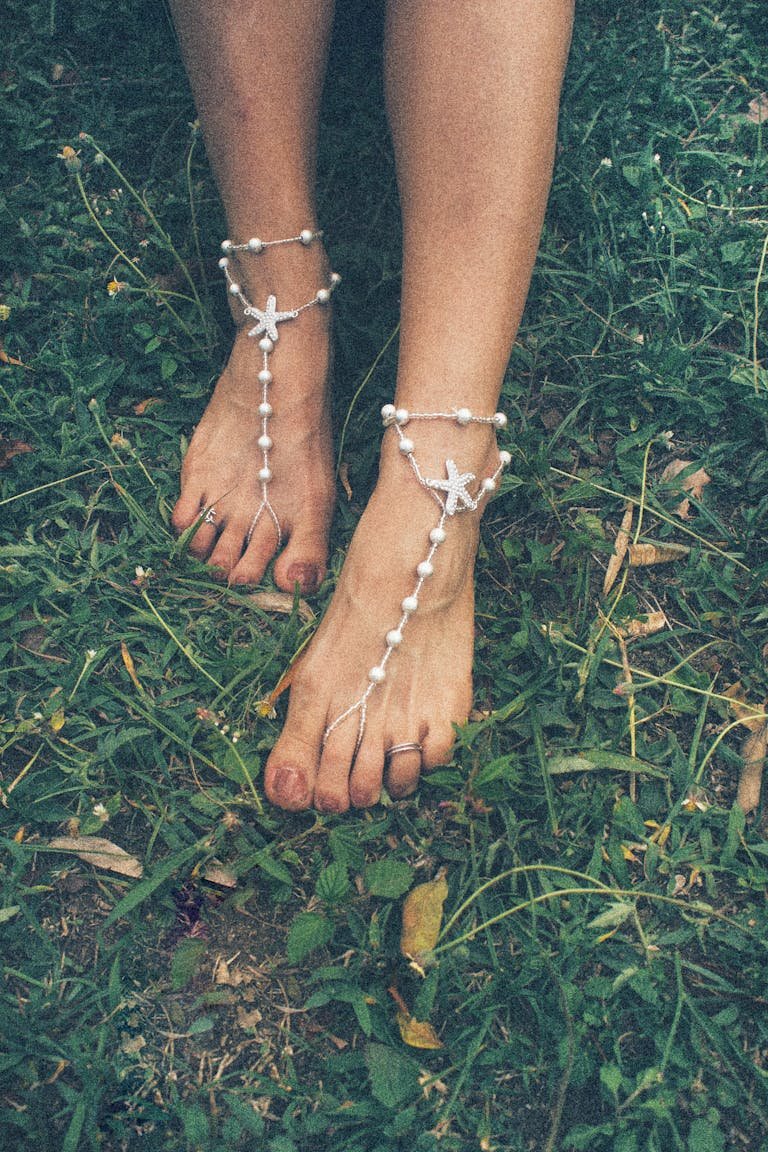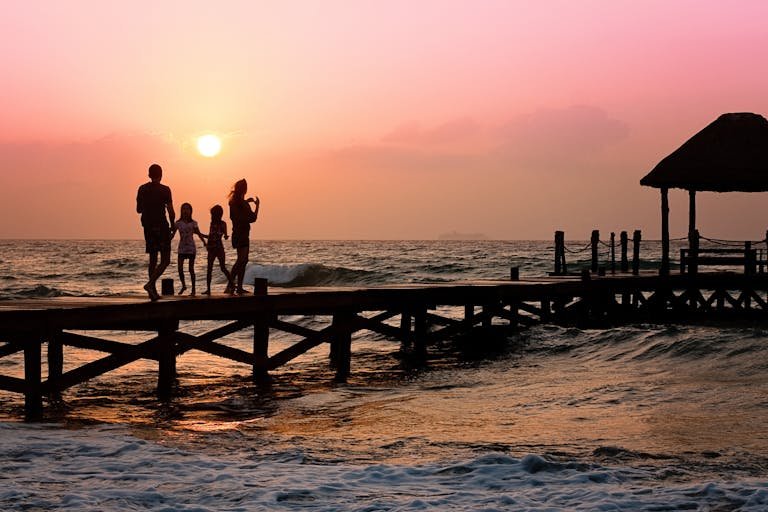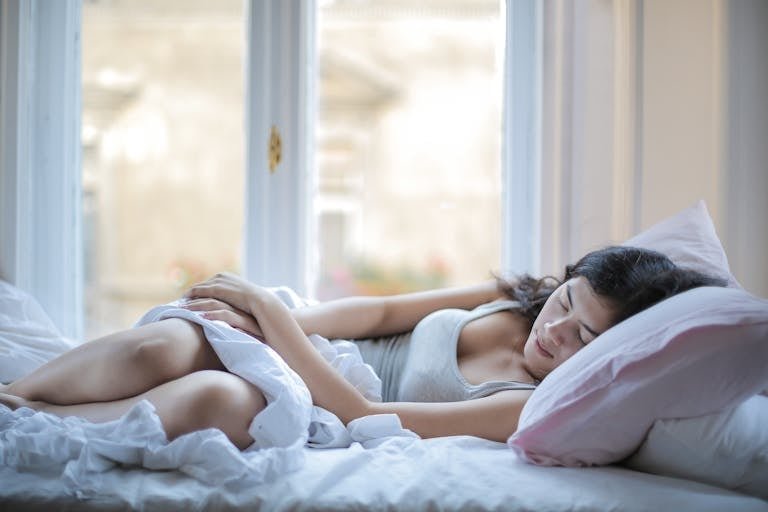Minimalism: Simplify Your Life and Find Freedom
In a world of excess and constant consumption, minimalism offers a refreshing alternative. This comprehensive guide will introduce you to the concept of minimalism, its benefits, and practical steps to incorporate this lifestyle into your daily routine. Whether you’re looking to declutter your space, simplify your schedule, or find more meaning in life, minimalism can be a powerful tool for personal growth and contentment.
What is Minimalism?
Minimalism is a lifestyle philosophy that encourages living with less. It’s about intentionally focusing on what truly matters and eliminating excess in all areas of life. Minimalism isn’t about deprivation; rather, it’s about making room for more of what you value.
The Core Principles of Minimalism
- Intentionality
- Freedom from excess
- Focus on experiences over possessions
- Quality over quantity
- Simplicity in design and function
Minimalism can be applied to various aspects of life, including possessions, relationships, time management, and even digital spaces. The goal is to create more space – both physical and mental – for what truly matters to you.
The Benefits of Embracing Minimalism
Adopting a minimalist lifestyle can lead to numerous positive changes in your life. Here are some key benefits:
Reduced Stress and Anxiety
By decluttering your physical space and simplifying your commitments, you can significantly reduce stress and anxiety. A clean, organized environment promotes a sense of calm and control.
Increased Focus and Productivity
With fewer distractions, you’ll find it easier to concentrate on important tasks and boost your productivity. Minimalism helps clear mental clutter, allowing for improved focus and decision-making.
Financial Freedom
Minimalism often leads to reduced spending on unnecessary items. This can result in significant savings over time, providing more financial freedom and security. Read this for blog more details on how to save money as a minimalist.
More Time for What Matters
By eliminating excess possessions and commitments, you’ll have more time to dedicate to activities and relationships that truly bring you joy and fulfillment.
Environmental Impact
Consuming less means a smaller ecological footprint. Minimalism naturally aligns with sustainable living practices, contributing to a healthier planet.
Improved Relationships
By focusing on experiences rather than material possessions, you may find your relationships deepening and becoming more meaningful.
Getting Started with Minimalism
Embarking on a minimalist journey doesn’t have to be overwhelming. Here are some practical steps to help you get started:
1. Define Your Why
Before diving into minimalism, take some time to reflect on your motivations. Ask yourself:
- What do I hope to gain from a minimalist lifestyle?
- Which areas of my life feel cluttered or overwhelming?
- What truly brings me joy and fulfillment?
Understanding your ‘why’ will help you stay motivated throughout your minimalist journey.
2. Start with a Small Area
Begin your minimalist journey by tackling a small, manageable space. This could be:
- A single drawer
- Your closet
- Your desk
- Your digital photos
Starting small allows you to experience quick wins and builds momentum for larger decluttering projects.
3. Use the Four-Box Method
When decluttering, sort items into four categories:
- Keep
- Donate
- Sell
- Trash
Be honest with yourself about what you truly need and use. If you haven’t used an item in the past year, it’s likely you can let it go.
4. Embrace the One In, One Out Rule
For every new item you bring into your home, remove one item. This simple rule helps prevent clutter from accumulating again.
5. Digitize When Possible
Reduce physical clutter by digitizing documents, photos, and other memorabilia. Just be sure to maintain good digital organization practices to avoid digital clutter.
Minimalism in Different Areas of Life
Minimalism can be applied to various aspects of your life beyond just physical possessions. Here’s how:
Minimalist Wardrobe
Create a capsule wardrobe with versatile, high-quality pieces that mix and match well. This simplifies your daily clothing choices and reduces decision fatigue.
Minimalist Home Design
Opt for clean lines, neutral colors, and multi-functional furniture. Keep surfaces clear and prioritize items that serve a purpose or bring you joy.
Digital Minimalism
Declutter your digital life by:
- Unsubscribing from unnecessary emails
- Organising your files and photos
- Limiting social media use
- Deleting unused apps
Time Management
Apply minimalist principles to your schedule by:
- Prioritizing essential tasks
- Learning to say no to commitments that don’t align with your values
- Creating white space in your calendar for relaxation and spontaneity
Financial Minimalism
Simplify your finances by:
- Creating a basic budget
- Automating bill payments and savings
- Reducing unnecessary subscriptions
- Focusing on experiences rather than material purchases
Overcoming Common Challenges
As you embark on your minimalist journey and set about simplifying your life, you may encounter some challenges. Here’s how to address them:
Sentimental Items
Letting go of sentimental items can be difficult. Consider keeping a few meaningful pieces and digitizing others. Remember, the memories associated with these items live in your heart, not in the objects themselves.
Family Resistance
If family members are resistant to minimalism, start by focusing on your own possessions and spaces. Lead by example and communicate the benefits you’re experiencing. Be patient and respect others’ choices.
Societal Pressure
In a consumer-driven society, you may feel pressure to buy and own more. Stay true to your values and surround yourself with like-minded individuals who support your minimalist lifestyle.
Fear of Letting Go
It’s natural to worry about needing something after you’ve let it go. Remember that most items can be replaced if truly necessary. The freedom and peace of mind gained from decluttering often outweigh the rare instance of needing something you’ve discarded.
Maintaining a Minimalist Lifestyle
Once you’ve decluttered and simplified your life, the challenge becomes maintaining your minimalist lifestyle. Here are some tips:
- Regularly reassess your possessions and commitments
- Practice mindful consumption by questioning purchases
- Focus on experiences rather than material goods
- Cultivate gratitude for what you have
- Surround yourself with supportive people who understand your minimalist goals
Remember, minimalism is a journey, not a destination. Be patient with yourself and celebrate small victories along the way.
Minimalism and Sustainability
Minimalism naturally aligns with sustainable living practices. By consuming less, you reduce waste and your environmental impact. Consider these eco-friendly minimalist practices to simplify your life:
- Choose quality, long-lasting products
- Opt for secondhand or sustainable goods when possible
- Repair items instead of replacing them
- Reduce energy consumption through mindful use of resources
The Psychological Impact of Minimalism
Embracing minimalism can have profound effects on your mental well-being. It can lead to:
- Increased self-awareness
- Greater sense of freedom and control
- Reduced anxiety and depression symptoms
- Improved focus and mental clarity
- Enhanced creativity
By clearing physical and mental clutter, you create space for personal growth and self-reflection.
Conclusion
Minimalism is a powerful tool for simplifying your life, reducing stress, and focusing on what truly matters. It’s not about living with nothing, but rather about making room for everything that’s important to you. As you begin your minimalist journey, remember that it’s a personal process. What works for one person may not work for another. The key is to find a balance that enhances your quality of life and aligns with your values.
Do these three things to start your minimalism journey:
- Start small: Begin your minimalist journey by decluttering one area at a time. These initial actions to simplify your life builds momentum and confidence for the larger projects ahead.
- Define your ‘why’: Understanding your motivations for embracing minimalism will help you stay committed to the process and make decisions aligned with your goals.
- Practice mindful consumption: Before making purchases or taking on new commitments, pause and consider whether they truly add value to your life. This habit is crucial for maintaining a minimalist lifestyle long-term.
By implementing these strategies and embracing the principles of minimalism, you can create a more intentional, fulfilling life with less stress and more freedom. Remember, minimalism is not about perfection, but about progress towards a simpler, more meaningful way of living.







